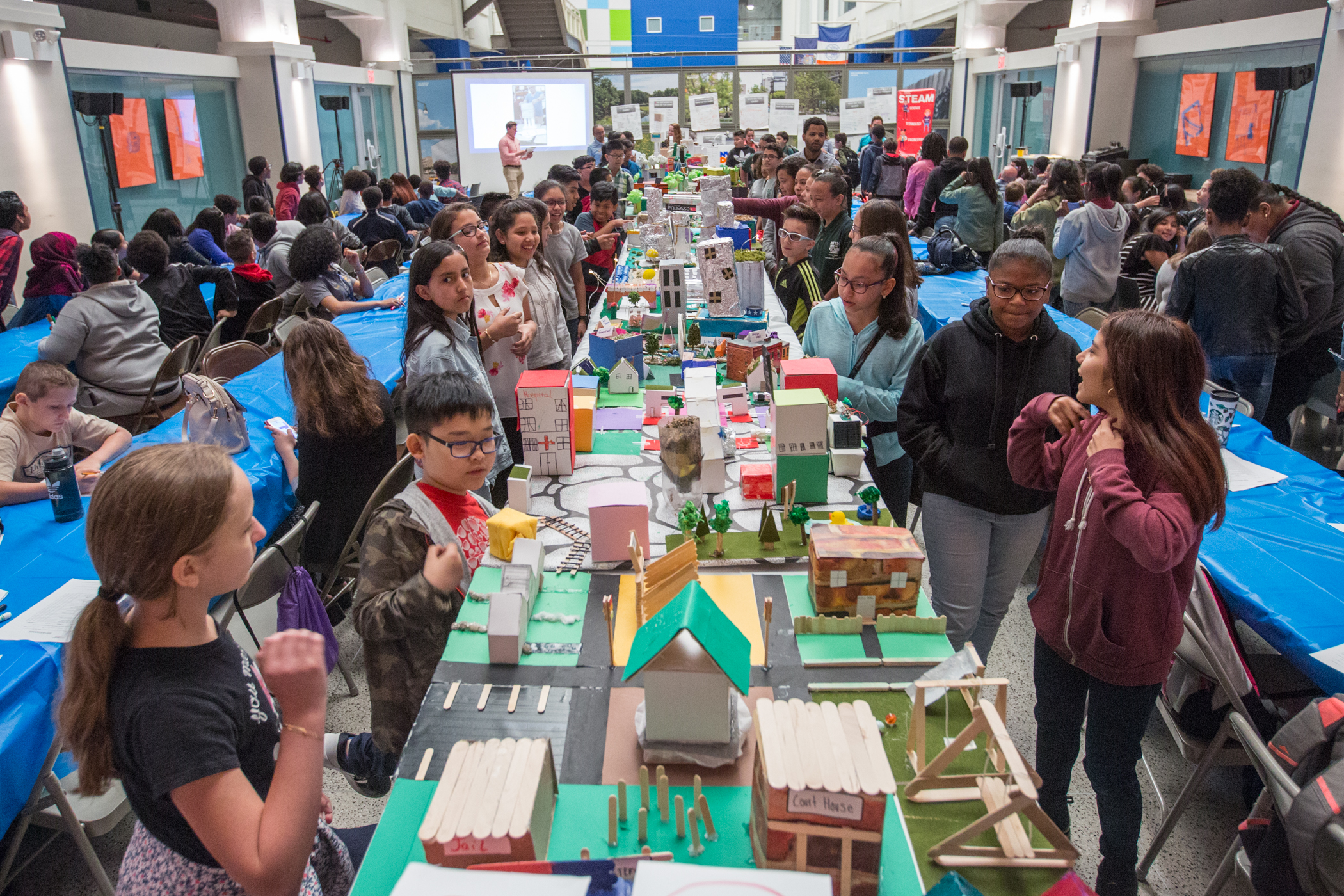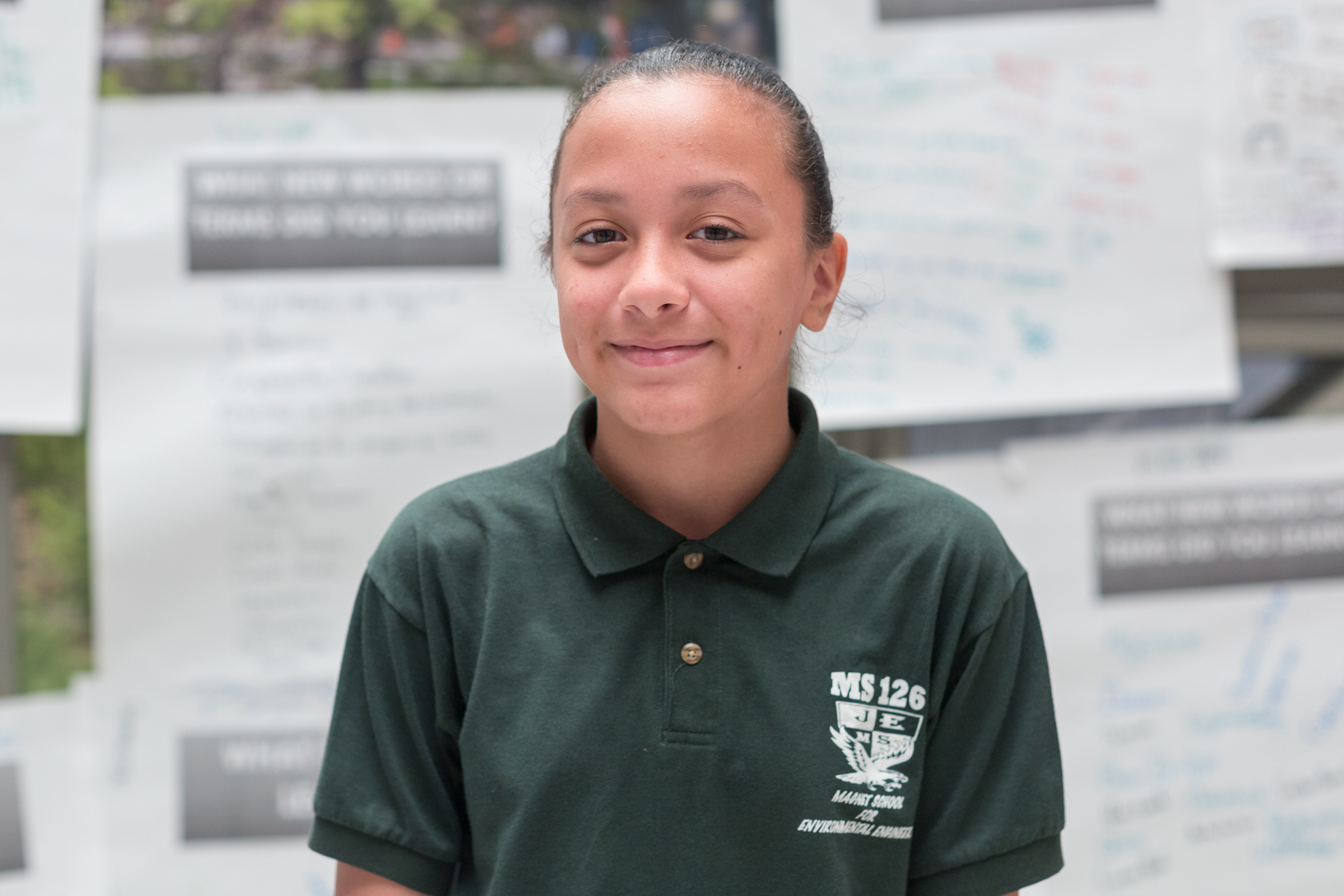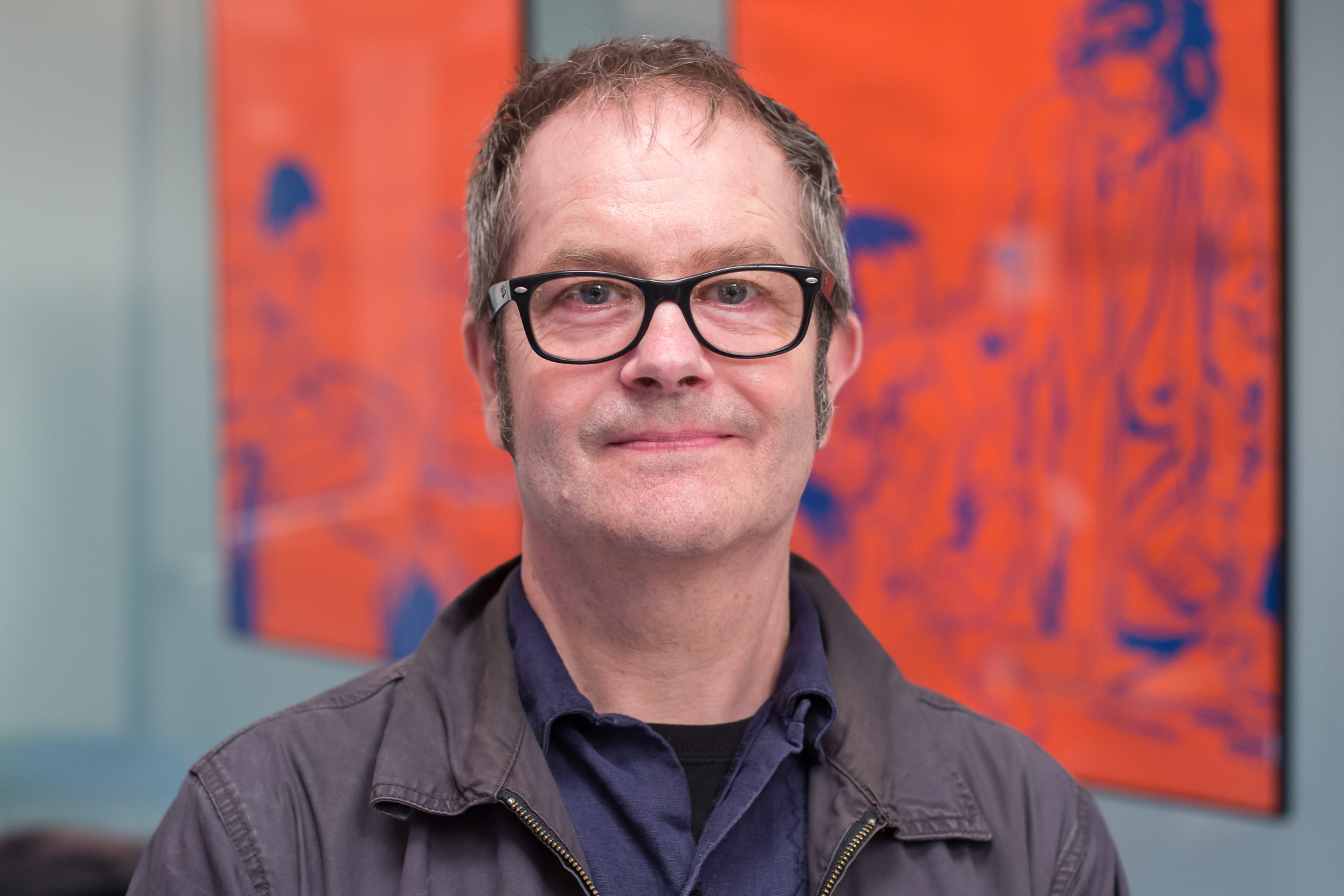
 Department of Design and Construction311
Department of Design and Construction311 Search all NYC.gov websites
Search all NYC.gov websites
Middle School Students Present “Future City” Models at DDC’s Spring Young Engineers Program Showcase
June 6, 2018
FOR IMMEDIATE RELEASE
Dan Leibel
718-391-1251
Long Island City, NY - The New York City Department of Design and Construction (DDC) hosted its final Young Engineers Program Showcase of the Spring semester at its headquarters in Long Island City today, highlighting the work of 188 middle school students who participate in the DDC’s STEAM (science, technology, engineering, architecture/art, and math) education initiative. The event highlighted the collective learnings of students from seven middle schools across Brooklyn, Queens, Staten Island and the Bronx.

Nearly 200 students attended DDC’s Young Engineers Program showcase on June 6th
During the Spring 2018 semester, DDC partnered with the Department of Education (DOE) and the Department of Youth and Community Development (DYCD) to facilitate the Young Engineers Program throughout four boroughs, excluding Manhattan. The Eagle Academy for Young Men of Staten Island; Brooklyn middle schools IS 96, MS 126, MS 206, and IS 384; MS 45 in the Bronx; and IS 5 in Queens all participated in the six-week long “Building the Future” curriculum.
The “Building the Future” curriculum emphasizes the structural characteristics of 3D shapes, bridge engineering, constructing with I-beams, creating building models and sustainable technologies such as bioswales, tower gardens and green roofs. The curriculum was developed by DDC’s office of Community Partnerships and STEAM in partnership with Dr. Leonisa Ardizzone, a science educator and founder of Storefront Science.
As part of the curriculum, DOE middle school teachers performed many of the activities with students, including creating model buildings, infrastructure structures, homes, bridges, public areas and streetscapes to demonstrate design and construction methods that can better withstand climate change and rising sea levels. The day-long event at the DDC featured the hand-constructed models, many wired with solar lighting, with an emphasis on green technology and solar power.
“DDC’s educational programs continue to expose students to career opportunities in the fields of architecture and engineering, and we’re proud of the impact we’ve had in the past four years,” said DDC Acting Commissioner Ana Barrio. “Initiatives such as the Young Engineers Program proves again that the STEAM division is helping to create the builders of the future.”
“The DDC’s Young Engineers Program is a fantastic way to get students thinking about math, physics, and environmental science in a way that connects to what they see in everyday life in the cityscape and in their neighborhoods,” said Deputy Mayor J. Phillip Thompson. “STEAM education is important for student exposure to a variety of career paths in architecture and engineering, and helps us grow as a sustainable city.”
“The nearly 200 middle school students in this spring’s Young Engineers Program are shining examples of how the ‘Building the Future’ curriculum is exposing young people to STEAM programming and potential careers in fields such as engineering, construction, and sustainable design. DYCD looks forward to continuing its collaboration with DDC and DOE in providing engaging opportunities that tap into the imagination, creativity and skills of our next generation of innovators,” said DYCD Commissioner Bill Chong.
“DDC launched the STEAM Division to provide New York City students with the tools they would need to pursue careers in the built environment and prepare them for a competitive job market. The hope is that because of this effort, we will see more underrepresented youth working as the engineers, architects and construction leaders of the future. If they are going to compete in a global 21st-century economy, they need to be prepared and they need to start their journey to success early. We’re thrilled to be a part of that journey,” said DDC Deputy Commissioner for Community Partnerships & STEAM Initiatives Lee Llambelis.
"Students must be introduced to the skills they will need and types of careers available to them from an early age," said NYC Council Member Rafael Espinal. "Some of the most impactful education can exist outside of the classroom and I encourage more hands-on learning whenever possible, especially in fields that encourage environmental consciousness and design. That is why I am so proud that the students of my district in IS 384 participated in this great program and I hope more students will continue to have this opportunity."
"The Young Engineers Program is a valuable initiative that provides real-life exposure to Science, Technology, Engineering, Architecture/Arts and Mathematics (STEAM) careers," said NYC Council Finance Chair Daniel Dromm. "This program will open doors to youth from all walks of life, granting them access to career opportunities they otherwise might not have had. I thank Mayor de Blasio, DDC, DOE and DYCD for this effort, and am pleased that IS 5 in my district is benefiting from it. I will continue to work alongside the administration to break the cycle of poverty here in NYC."
Students Matthew Leon, 12, and Nicole Julia, 11, from MS 126 in Brooklyn, both expressed interest in possibly pursuing STEAM related career-paths down the road.

Nicole Julia of MS 126 in Brooklyn
“The Young Engineers program was great because it was hands on. I enjoyed making models and learning about bioswales and other ways to reduce pollution from reaching natural bodies of water,” said Nicole Julia of MS 126. “We need engineering all over the world, and I think I might like to make engineering a career.”
Science teacher William Baer of PS/IS 384 in Brooklyn mentioned the importance of the Young Engineers Program bringing concepts students may not have ever thought of to the forefront.

Science teacher William Baer of PS/IS 384 in Brooklyn
“The Y.E.P. introduces students to fields that they were unaware of,” said William Baer, Science Teacher at PS/IS 384. “The program balances physical rigor and hands on experience with imagination. It’s a great program and it shows that students can build ideas they have in their heads.”
DDC STEAM started in 2014 to establish a diverse and inclusive pipeline for New York City's youth to engage in the architecture, construction, and engineering industries. Students in the Young Engineers Program learn about concepts in architecture, engineering, sustainability, and the built environment. Over 2,450 students have been served by STEAM since its inception.
About the NYC Department of Design and Construction
The Department of Design and Construction is the City’s primary capital construction project manager. In supporting Mayor de Blasio’s long-term vision of growth, sustainability, resiliency, equity and healthy living, DDC provides communities with new or renovated public buildings such as firehouses, libraries, police precincts, and new or upgraded roads, sewers and water mains in all five boroughs. To manage this $13 billion portfolio, DDC partners with other City agencies, architects and consultants, whose experience bring efficient, innovative and environmentally-conscious design and construction strategies to City projects. For more information, please visit nyc.gov/ddc


